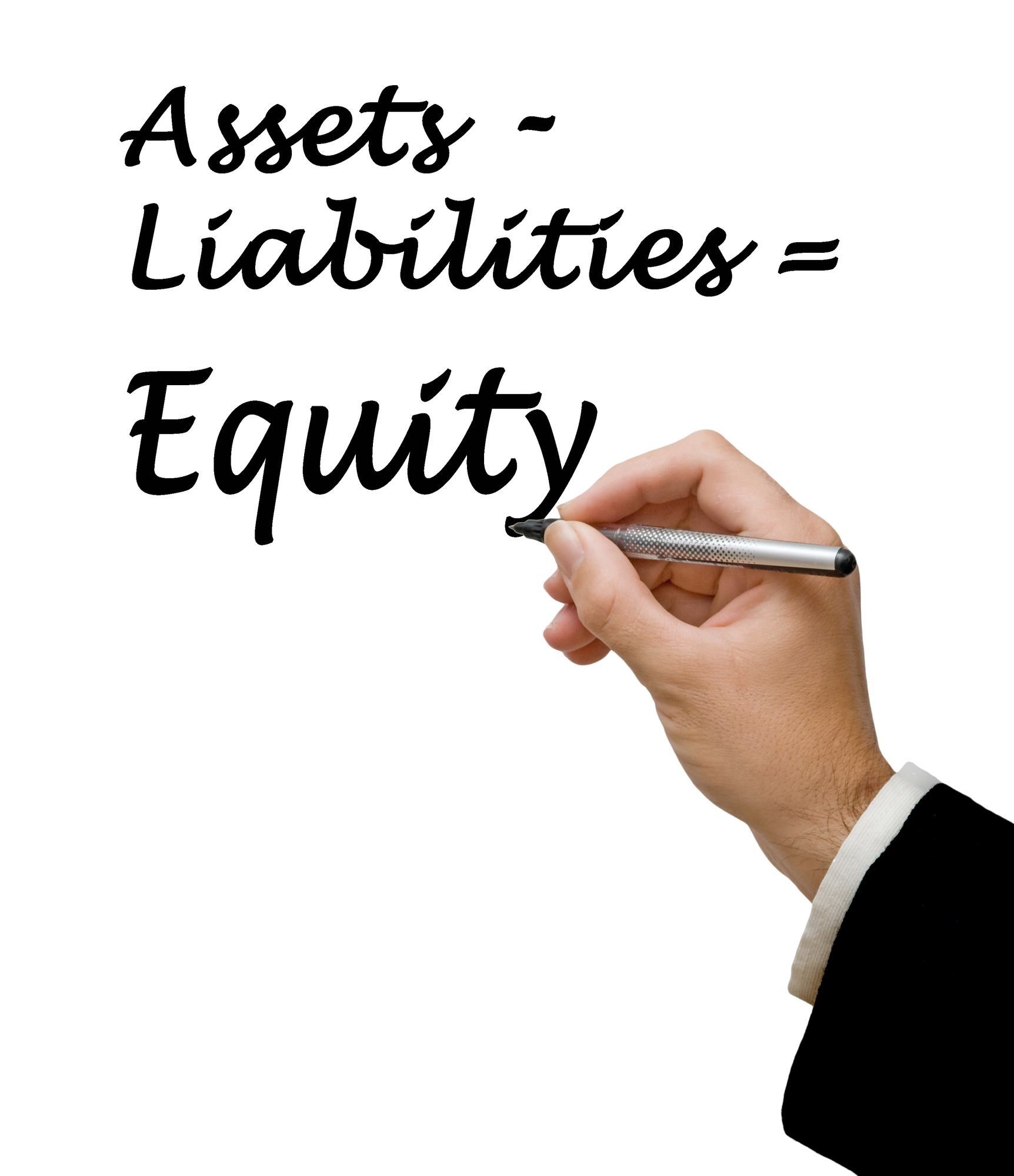Basic Accounts and Basic Accounting Equation
As discussed in our previous accounting topic, Accounting is always associated with the term “Debit” and “Credit”. Accounting is always known to deal with “balancing” the account debits and credits. This mean that the total debits should always equal to the total credits. Because of this, Accounting in modern times means the use of double-entry system which means that the debit and credit effect of the transaction is recorded and accounted for. But what is actually a debit and what is a credit? A debit is actually the left-hand side entry of an account while the credit is the right-hand side entry of an account. In order for us to gain full understanding, we have to discuss about the Accounts which is grouped into the 2 main account grouping per financial statement accounts:
Balance Sheet Accounts – composed of 3 main accounts with brief description below. Also in order for you to understand fully the accounting equation, the following financial information is given for Sample Company:
Total Assets = S$500,000.00
Total Liabilities = S$150,000.00
Total Equity = S$350,000.00

- Assets – are resources which are owned by the business entity. Take note that in order for it to be an asset, the business entity should have ownership to the resources. If the company have no ownership to it, then it is not considered as an asset to the entity. This holds true even if the company keeps the asset. This includes cash, cash equivalents, inventories for items held for sale, accounts and notes receivable, prepaid expenses, property and equipment, office furniture and equipment, investments and other assets. Assets are best expressed in the accounting equation: Assets = Capital plus Liabilities
A = L + C
S$500,000.00 of Assets = S$150.000 Liabilities plus S$350,000.00 Equity
S$500,000.00 = S$500,000.00
- Liabilities – are payables or financial obligations of the business entity to other business entity in exchange for resources which could be in the form of assets or rendering services. Liabilities are expressed in the accounting equation: Liabilities = Assets minus Equity
L = A – C
S$150,000.00 = S$500,000.00 Assets Minus S$350,000.00 Equity
S$150,000.00 = S150,000.00
- Equity – in a new business that is just setup, equity could mean the amount invested by the owner or owners in starting up the business. However, as the business continue its operations, equity is the residual interest in the entity’s assets after deducting all its liabilities. Equity is expressed in the accounting equation: Equity = Assets minus Liabilities
E = A – L
S$350,000.00 = S$500,000.00 Assets minus S$150,000 Liabilities
S$350,000.00 = S$350,000.00
Income Statement Accounts – composed of the following:
- Income – which is also referred to as revenue means increases in economic benefits during the accounting period in the form of inflows or enhancements of assets or decreases of liabilities. These increases in turn have the effect of increasing the equity. However, you must remember that contributions or additional contributions from owners for equity do not quality as an income.
- Expenses – are decreases in economic benefits during the accounting period in the form of outflows or depletions of assets or incurrences of liabilities that result in decreases in equity. However, you must remember that withdrawals or distributions of equity among owners does not mean expenses to the business entity.
The next topics will discuss these accounts in more detail with simplified explanation keep yourself posted on the upcoming topics.